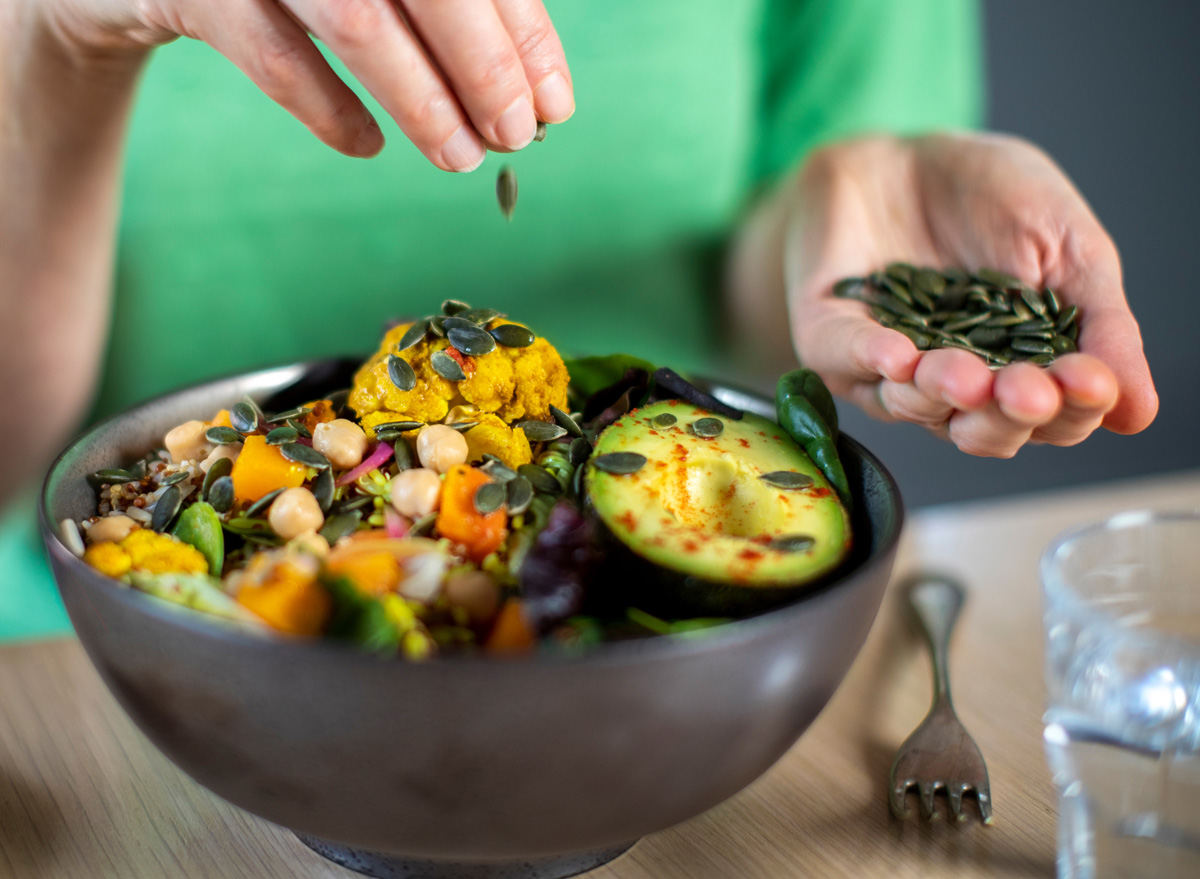The #1 Diet Secret From The Longest Living People In The World

It’s no secret that more and more people in the United States are developing serious illnesses like heart disease and cancer every year. And while daily diet isn’t the only part of this equation, it’s a major component in why so many Americans are hurting.
Meanwhile, in some other parts of the world, people are getting sick at much smaller rates. In fact, the Blue Zones, which are five regions of the world with the highest concentrations of centenarians, are continually being researched for this very reason.
Researchers have looked into the daily habits and practices of these regions to learn how other parts of the world can apply these principles to their own lives in order to hopefully increase their lifespan and quality of life. One of the best diet secrets they’ve learned from these longest-living people in the world is that eating a largely plant-based diet, which is what the Blue Zone researchers refer to as “the Plant Slant,” can help your overall health significantly.
The Plant-Slant is a term used to describe how all five regions of the Blue Zones eat on a daily basis. These areas of the world feast mostly on whole grains, legumes, vegetables, and fruit, and on occasion, meat and fish.
Learn more about this characteristic of Blue Zone eating, and for more healthy aging tips, check out 6 Breakfasts Enjoyed by the Longest Living People in the World.
What is the Plant Slant?

According to Blue Zone researchers, the Plant Slant guideline is about eating a diet that is about 95% full of plants or plant-based products. All of the Blue Zones (except the Adventist community of Loma Linda) eat meat for special occasions or celebratory events, and according to the American Journal of Lifestyle Medicine, the meat portions are much smaller than what is typically served—around 3 to 4 ounces per serving.
Americans are often taught that animal products are needed protein. However, the main sources of protein for the world’s longest-living people include legumes, grains, vegetables, and soy products. For example, in Nicoya, this looks like daily servings of black beans. In Ikaria, it’s chickpeas and black-eyed peas. And in Okinawa, it’s tofu and sweet potatoes.
Blue Zone researchers also emphasize the importance of choosing the right oil and fat for cooking. Olive oil and other plant-based oils are popular among the Blue Zone regions, which is why researchers suggest avoiding animal fats when possible.
Following this eating pattern in your own life

This research doesn’t necessarily mean that you should switch to a plant-based diet right away, and talking with your doctor before making any drastic dietary changes is important. With that being said, there are still valuable lessons we can glean from the longest-living people in the world.
For example, being pickier with the types of meat and how much of it you consume on a regular basis can help lower your risk of serious illness. According to a recent report found in JAMA Internal Medicine, higher intakes of processed meats (sausage, bacon, deli meat) and red meat were associated with an increased risk of cardiovascular disease and all-cause mortality among adults.
By limiting your meat consumption and increasing your intake of plant-based products, you may increase your overall health as you age. But again, check with a doctor or dietitian before making these changes!
For more tips from the Blue Zones, here are the 9 Best Snacks Eaten by the Longest Living People in the World.









